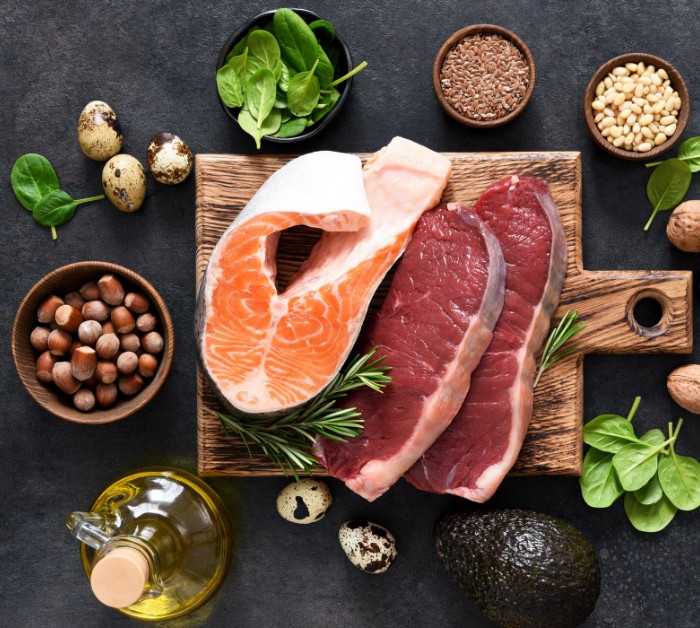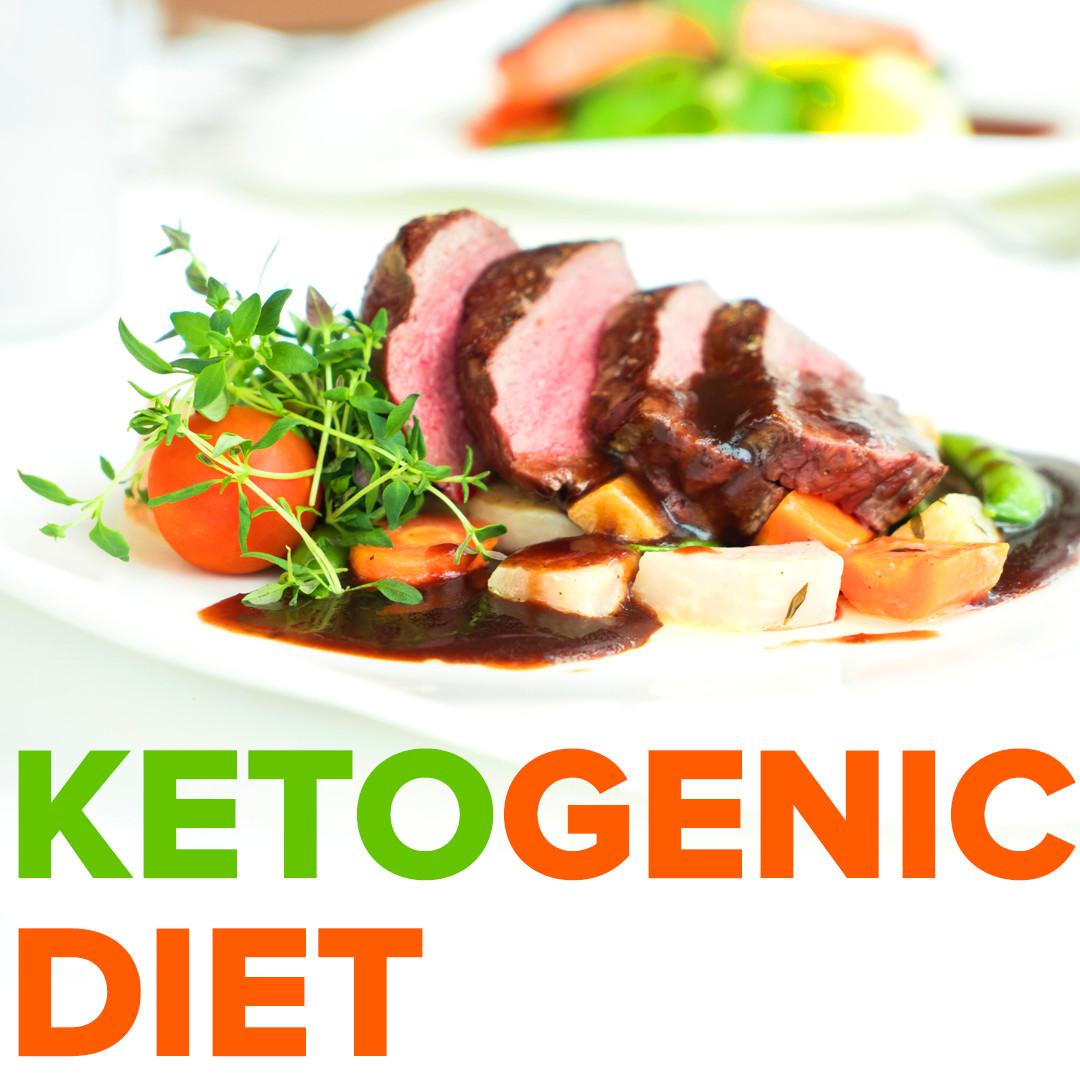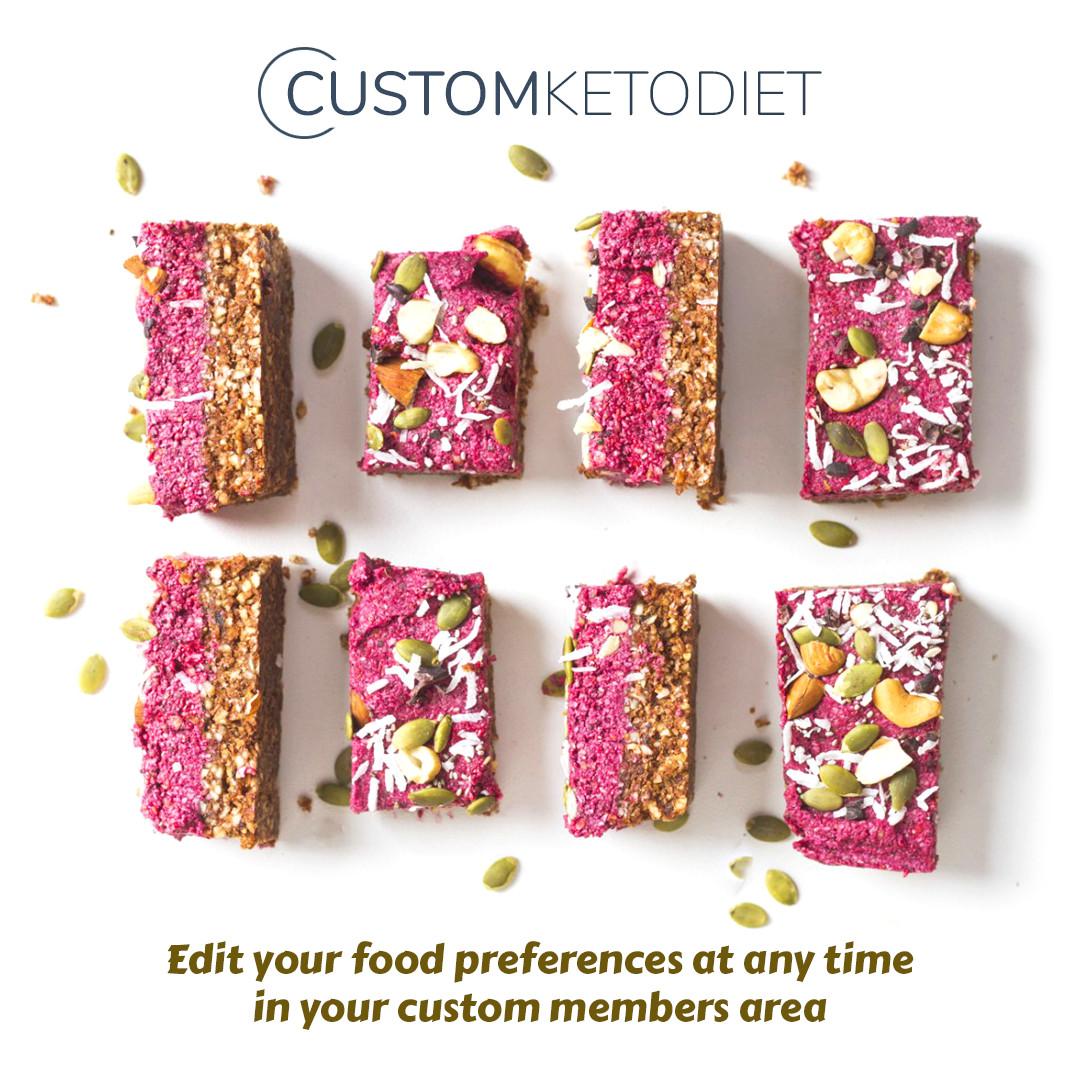What is Paleo Diet?
The paleo diet is an eating plan that resembles how human hunter-gatherer ancestors may have eaten thousands of years ago. Also called the Caveman Diet or the Stone Age Diet, this diet is based on whole foods that people could theoretically gather or hunt.
The Paleo Diet focuses on eating foods that have been available before modern agriculture developed around 10,000 years ago. Although it’s impossible to know exactly what our ancestors ate at this period, researchers believe that in this period people ate foods that they could gather or hunt such as fish, lean meat, vegetables, fruits, seeds, and nuts.
This post may contain affiliate links, which means we may receive a small commission, at no cost to you, if you make a purchase through a link. For more information, please see our disclosure.
Loren Cordain Ph.D., the world’s leading expert on Paleolithic nutrition and the author of this diet, in his book The Paleo Diet, demonstrates how by following the paleo eating pattern you can lose weight and improve your health.
With the development of modern farming, the eating habits of people changed. Grains, legumes, and dairy products became part of people’s diet.
Supporters of the paleo diet believe that our bodies have not evolved to process legumes, dairy, and grains and that consuming these types of foods could increase certain health conditions like obesity, diabetes, and heart disease.
Foods for Paleo Diet
If you decide to follow the Paleo Diet you will need to stop consuming processed foods and you’ll also need to say goodbye to dairy and wheat, along with other grains and legumes ( such as peanuts and beans).
Here is a closer look at what you can eat and what you should avoid on the Paleo Diet.
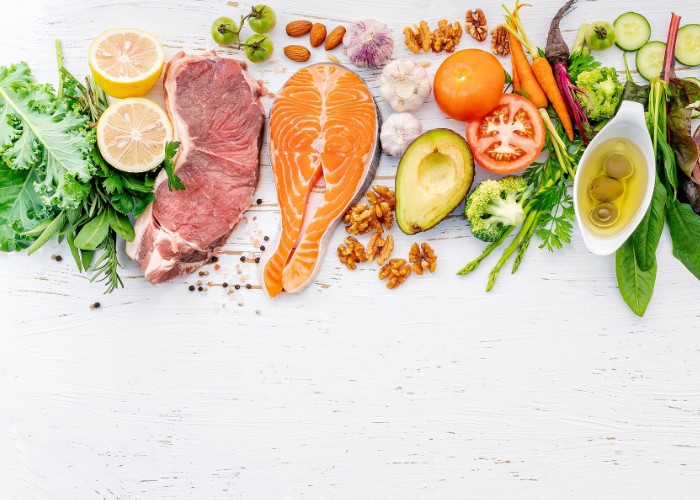
Foods to eat on the Paleo Diet
Vegetables
You can any kind of fresh vegetables, here are some examples: Broccoli, cabbage, tomatoes, carrots, spinach, arugula, kale, peppers, celery, zucchini, beets, olives, pickles, onions, cucumber, etc.
Fruits
Any fresh fruit is allowed on this eating plan: Apples, berries, bananas, kiwi, grapes, peaches, melons, oranges, pears, avocados, strawberries, etc.
Grass-fed meat
By choosing grass-fed to eat you’re helping the environment and it’s also healthier for you. You can eat beef, chicken, lamb, turkey, pork, and others.
Fish and seafood
Choose wild seafood over farm-caught when you’re eating paleo. Try to eat more salmon, tuna, cod, shrimp, shellfish, haddock, etc.
Nuts and Seeds
Here we must mention that peanuts are not considered paleo because technically they are legumes. Nuts and seeds to eat on paleo: almonds, cashews, pistachios, hazelnuts, Brazil nuts, pumpkin seeds, sunflower seeds, chia seeds, flax seeds, etc.
Healthy oils
Extra virgin olive oil, coconut oil, avocado oil, and others.
Eggs
Try to buy “organic” and “cage-free” eggs for a higher omega-3 content than eggs from chickens raised in cages.
Herbs and Spices
Garlic, ginger, basil, parsley, cilantro, mustard, capers, sea salt, rosemary, etc.
Foods to avoid on the Paleo Diet
Here is a list of foods that you should avoid if you decide to start following the paleo diet.
Legumes
You will need to cut beans, lentils, peas, tofu, and other soy foods.
Grains
Bread and pasta, cereal, crackers, rice, wheat, spelt, barley, etc.
Highly processed foods
Avoid everything that has many additives. Refined sugars, artificial sweeteners, salt, refined vegetable oil, etc.
Sugar and high fructose corn syrup
Table sugar, fruit juices, soft drinks, candy, pastries, ice cream, etc.
Dairy
A strict paleo diet doesn’t recommend consuming dairy products. This includes butter, milk, yogurt, sour cream, cheese. However, some versions of the paleo diet do include fermented dairy products like kefir. You can substitute dairy products with non-dairy products made with almond milk, coconut milk, or cashew milk.
Simply said if you want to follow this eating pattern you will need to avoid processed foods and ingredients, including bread, sugar, certain vegetable oils, trans fats, and artificial sweeteners.
Further reading: Here is a detailed list of foods for the paleo diet that you should eat and avoid!
Paleo Diet: Pros and Cons
If you decide to try the paleo diet you should be aware that like any diet there are benefits and risks of making a change and start eating by paleo rules.
Pros
- It may help you lose weight
- Rich in nutrient-dense foods
- May promote heart health
Cons
- Cutting out whole food groups
- Costly and time-intensive
- Difficult to follow long term
Pros of the Paleo Diet
Weight loss
The paleo diet may help people lose weight initially but that other diets that reduce calorie intake may be just as effective. There are some studies on how effective is the paleo diet for weight loss.
A study from 2014 investigated the long-term effects of a paleolithic-type diet in obese postmenopausal women. The results of this study showed that following a paleo diet helped participants to lose weight after 6 months.
However, after 24 months there was no difference in weight loss between participants following the paleo diet and those following regular Nordic nutrition recommendations.
Furthermore, a review from 2017 showed that the paleo diet helped reduce weight in the short term but concluded that this is a result of caloric restriction or consuming fewer calories.
The results from these studies show that other diets for weight loss may be just as successful as the paleo diet.
Rich in nutrient-dense foods
By eating vegetables and fruits you will get most of the minerals and vitamins you need. The best benefit of following the paleo diet is that you will cut out processed foods and added sugars.
By eating more vegetables, fruits, unsaturated fats in nuts, and certain oils your health could benefit. Cutting out sugar and processed foods will also lower your risk of some diseases.
- Vegetables – provide minerals, fiber, and vitamins
- Fruits – they are naturally sweet and packed with phytochemicals ( plant chemicals that may provide desirable health benefits beyond basic nutrition)
- Seafood – packed with omega-3 fatty acids and protein
- Nuts and seeds – fill you up with healthy fats
Cardiovascular health
A review from 2015 published in the American Journal of Clinical Nutrition showed that the paleo approach compared to other diets led to small improvements in blood pressure in people with signs of metabolic syndrome, fasting blood sugar, and triglycerides.
Also, a 2019 meta-analysis associate the paleo diet with lower LDL cholesterol, triglycerides, and blood pressure. The authors of this analysis warned that this is based on a small number of studies and that a few studies may have misaligned results, so this should be interpreted with caution.
Cons of the Paleo Diet
Cutting out whole food groups
The major concern about the paleo diet is that eliminates major food groups like dairy and grains, and cuts out their nutritious foods like lentils, beans, and peanuts.
As a result of this, you may run the risk of missing out on key nutrients. Even so, it’s still possible to meet your nutritional needs without these foods it’s more challenging to do so.
Some experts warn against the paleo diet because eliminating dairy can leave you with lower levels of vitamin D and calcium. You will need to prioritize other sources of calcium when you cut dairy from your diet.
So, if you have no reasons (like food intolerance) to eliminate these food groups there is no scientific evidence that suggests eliminating them benefits your health.
Time intensive and costly
Following the strict diet, rules buying grass-fed meat and wild-caught fish can be far pricier than conventional counterparts.
Also, cutting out inexpensive foods like whole grains and beans means your bill might rise a little. Research suggests that it can be 10% more costly than a diet with a similar nutrition value.
You will need to make most of your meals from scratch since processed food isn’t allowed and this can take some of your time. Despite the fact that you will eat healthier it’s also time intensive. You’ll need to stock up on the allowed foods and cook from scratch, so plan for kitchen time.
Difficult to follow long term
Many people find it difficult to stick to the paleo menu because the approach is restrictive and is not always favorable to eating out or traveling. Cutting out whole food groups results in a very restrictive diet which is difficult to follow for the long term.
The key to good nutrition is balance, moderation, variety and the paleo diet misses variety and balance.
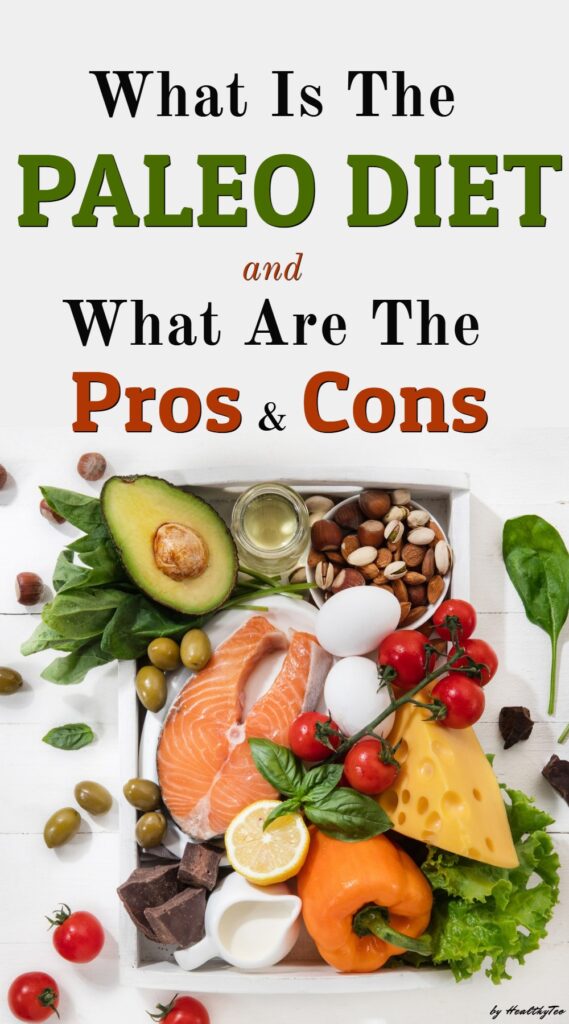
Summary: What to expect from following the Paleo Diet
After we saw what are the pros and cons of the paleo diet we come to the conclusion that you could lose weight following a paleo diet depending on how strict you stick to the recommended foods and how much physical exercise you add to your daily routine.
Despite the fact that this eating approach is rich in nutrient-dense foods you’ll have to be sure that you’re getting enough calcium and other nutrients because you’ll need to cut out dairy and certain grains.
If you decide to follow this diet it’s a good idea to check with a registered dietitian to make sure you’re meeting your calcium and other nutrient needs.
Overall this diet is not so bad. By cutting out processed foods, sugar, sweetened beverages and consuming more vegetables, fruits, and healthy fats you will for sure eat healthier. The problem is cutting a large food group which is not good for everyone.
Like every diet and before making any changes to your eating pattern always consult with your doctor to make sure that changes you’re making are suitable for your health needs.

